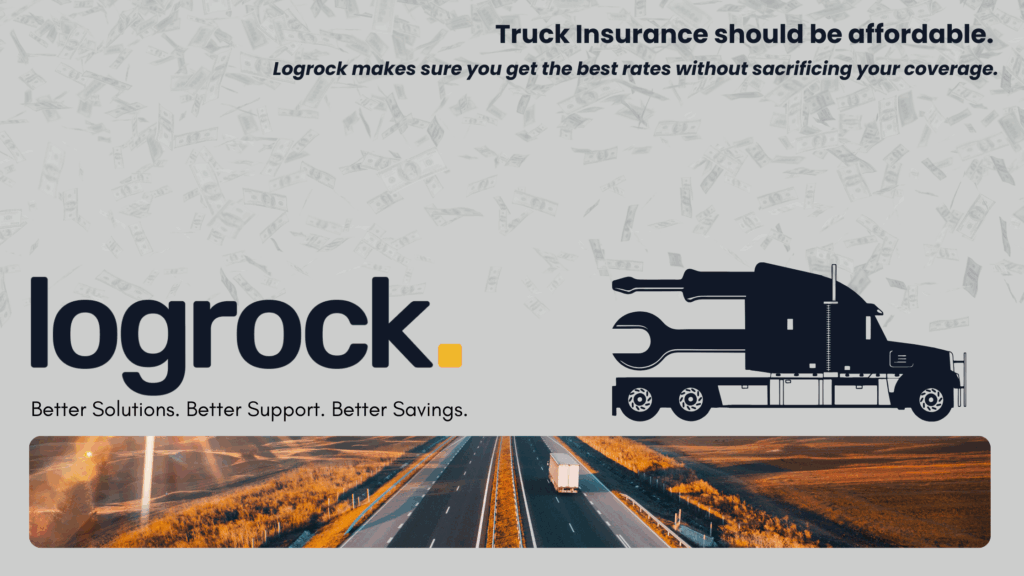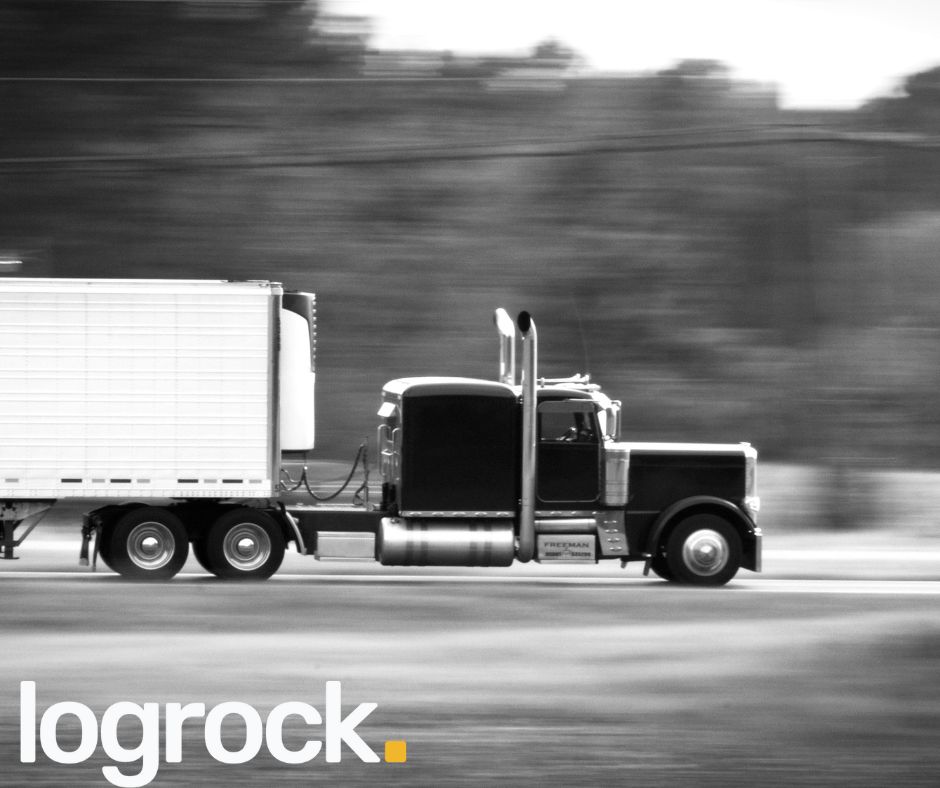Finding affordable truck insurance doesn’t have to be a challenge. Whether you run a small fleet or are an owner-operator, understanding how to save on trucking insurance can make a big difference in your monthly expenses.
How to Save on Trucking Insurance
Start by comparing trucking insurance quotes from multiple providers. Rates can vary, and it’s important to shop around to help you find the best deal. Expert truck insurance brokers, like Logrock, will shop around for you to find the best rate and coverage for your needs. Using an expert broker can save you time and money, and is at no additional cost to you.
If you are comparing rates yourself, it can be hard to directly compare quotes across insurance providers since quotes reflect specific coverage amounts, deductibles, and other policy details. A cheaper policy often reflects lower coverage amounts and/or higher deductibles. It’s important to know what you’re getting for your money!
Also, look for companies that offer discounts for safe driving records, bundled policies, or paying premiums annually instead of monthly.
What Does Truck Insurance Cost Per Month?
The truck insurance cost per month depends on factors like your driving history, the type of cargo, and your coverage limits. On average, small trucking companies might pay anywhere from $1,000-$2,000 per truck, but comparing quotes can help you land a lower rate.
Finding the Best Insurance for Small Trucking Companies
The best insurance for small trucking companies balances affordability with comprehensive coverage. Seek out providers specializing in commercial truck insurance who understand the industry’s unique needs and offer customizable policies for your business. Working with a specialized commercial truck insurance broker like Logrock can save you the headache of finding the right provider by comparing top insurance carriers like Geico, Progressive and Berkshire as well as smaller and state-specific carriers, or Risk Retention Groups to compare their rates for you and get you the best deal for your trucking business. At Logrock, our clients have a dedicated account manager familiar with your state’s specific requirements, ensuring our clients receive tailored support for your unique regulatory and operational needs.
More Tips to Lower Trucking Insurance Costs:
- Maintain a clean driving record: Incidents on your Motor Vehicle Record can greatly inflate commercial insurance costs.
- Invest in safety features for your trucks: Many truck insurance companies offer discounts for trucks with certain safety features, like anti-theft systems, advanced driver-assistance systems (ADAS), and electronic stability control (ESC).
- Get More Clean Inspections: Prioritize regular maintenance and safety checks to boost your chances of clean inspections — this can help lower premiums, especially before renewal time.
- Regularly review and adjust your coverage needs: Only pay for the truck insurance you need.
- Improve your Credit Score: A higher credit score can lead to lower rates.
- Have a Consistent Address: Have consistent addresses across your business, driver’s license, and garaging location. Discrepancies can limit your insurance options and lead to higher rates.
- Use an ELD with Cost-Saving Features: Investing in an Electronic Logging Device (ELD) with specific safety features can help lower insurance rates. Look for ELDs that offer:
✅ Harsh braking & acceleration monitoring (helps prove safe driving habits)
✅ Real-time GPS tracking (reduces theft risk and aids recovery)
✅ Automated HOS compliance (ensures adherence to FMCSA regulations)
Want to learn more? Check out our blog Top 5 Mistakes Truckers Make That Increase Insurance Costs
Saving on trucking insurance is possible with proactive risk management and an expert insurance broker on your side.
Get a free truck insurance quote today when you contact Logrock!

